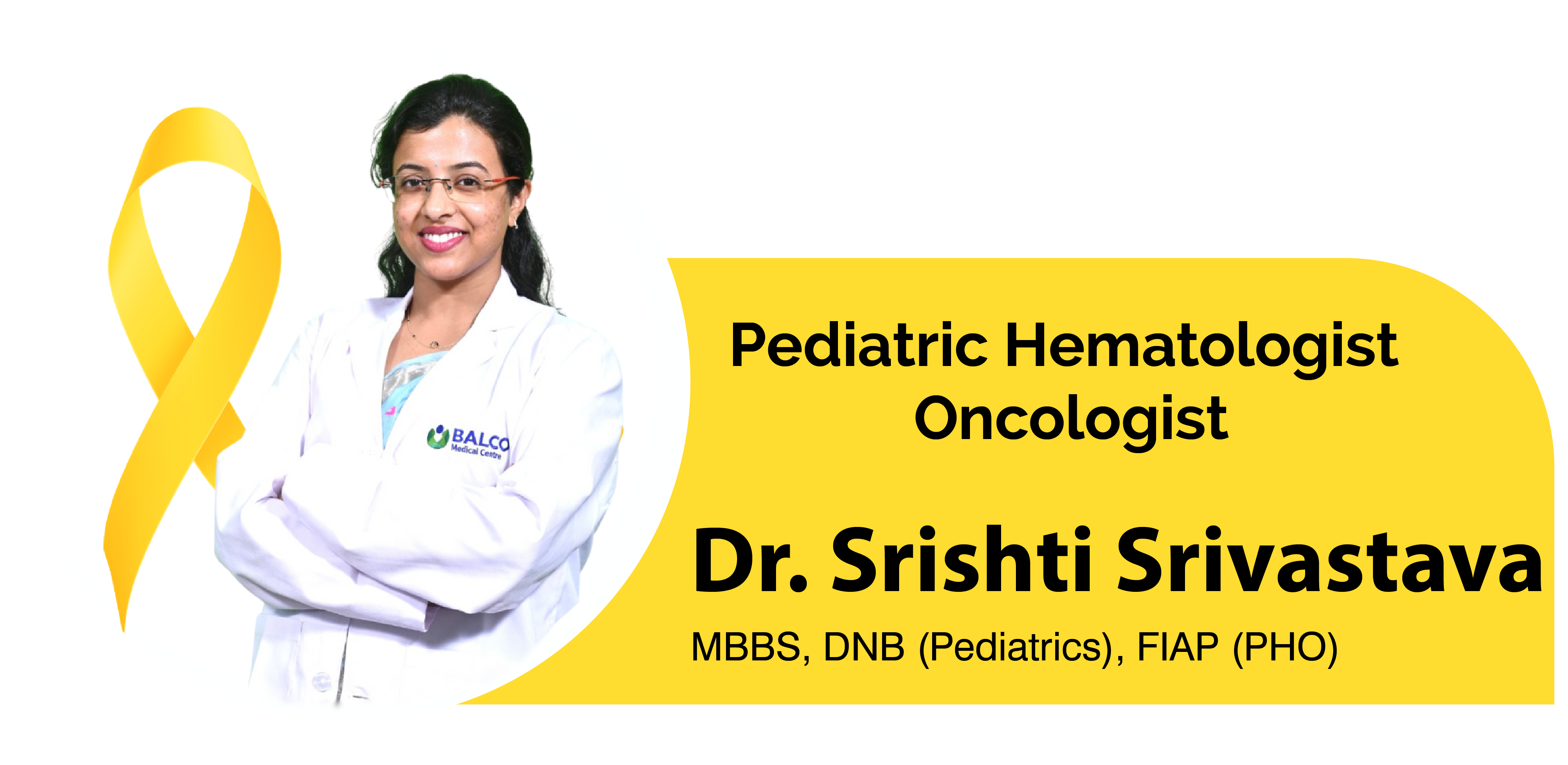What Is Childhood Leukemia?
Leukemia is the most common childhood cancer, affecting blood and bone marrow. It occurs when abnormal white blood cells multiply uncontrollably, crowding out healthy blood cells. In children, acute lymphoblastic leukemia (ALL) and acute myeloid leukemia (AML) are the most frequent types, requiring prompt specialized treatment for optimal outcomes.
Types of Childhood Leukemia
-
Acute Lymphoblastic Leukemia (ALL)
-
Acute Myeloid Leukemia (AML)
-
Chronic Myeloid Leukemia (CML)
-
Juvenile Myelomonocytic Leukemia (JMML)
Common Symptoms
-
Persistent fatigue & paleness
-
Frequent infections/fever
-
Easy bruising/bleeding
-
Bone/joint pain
Advanced Treatment Approaches:
-
Chemotherapy as the primary treatment for most leukemia cases to eliminate cancer cells
-
Targeted therapy for specific genetic mutations to precisely attack cancer cells
-
Bone marrow transplantation for high-risk cases to restore healthy blood cell production
-
Immunotherapy with CAR-T cell therapy for relapsed ALL to enhance immune response

